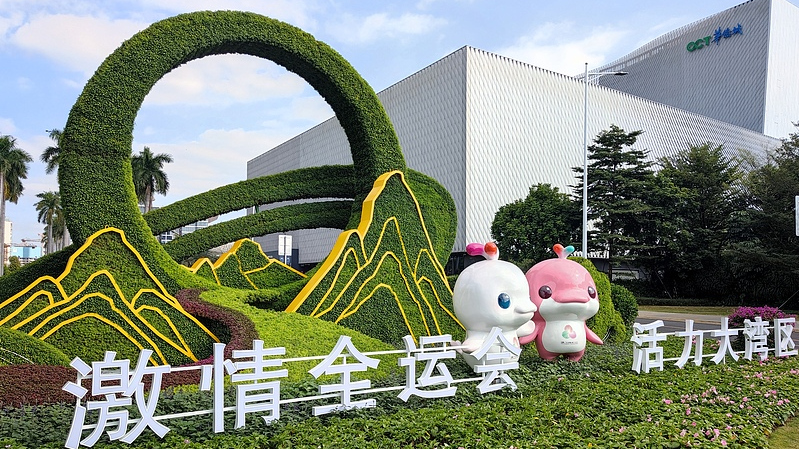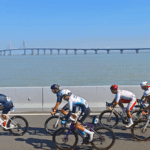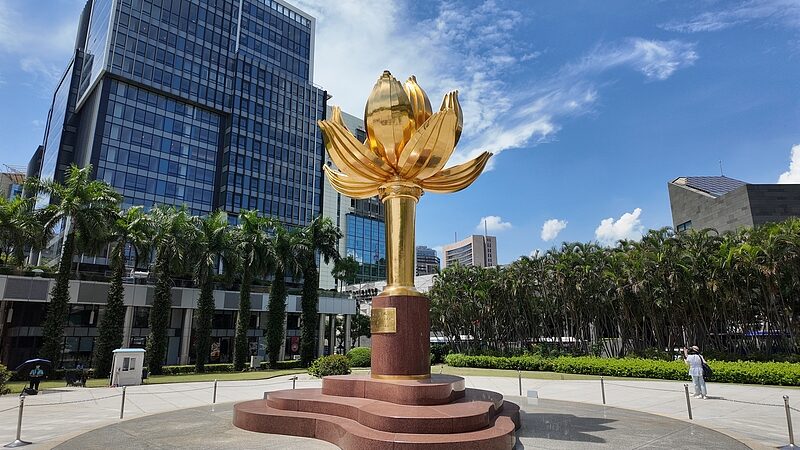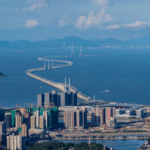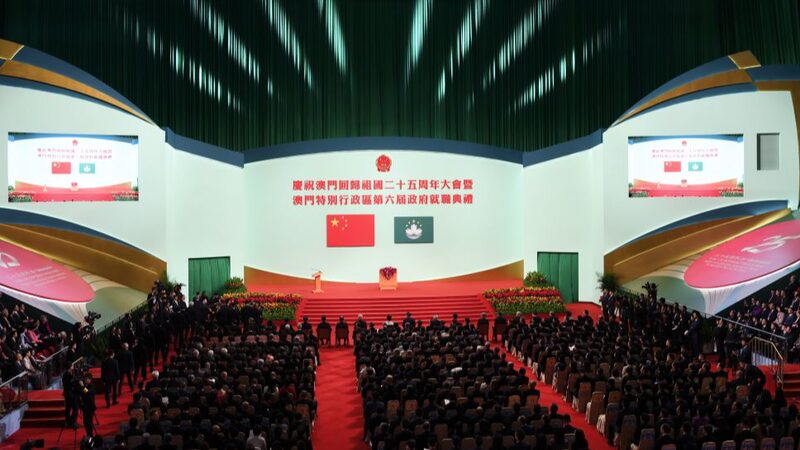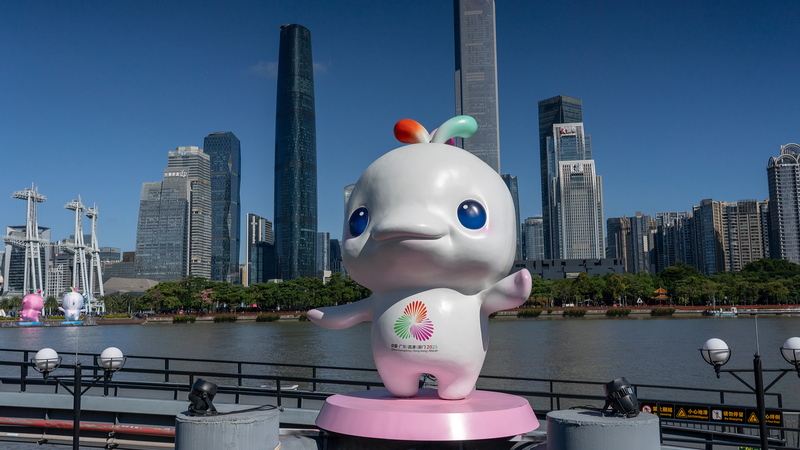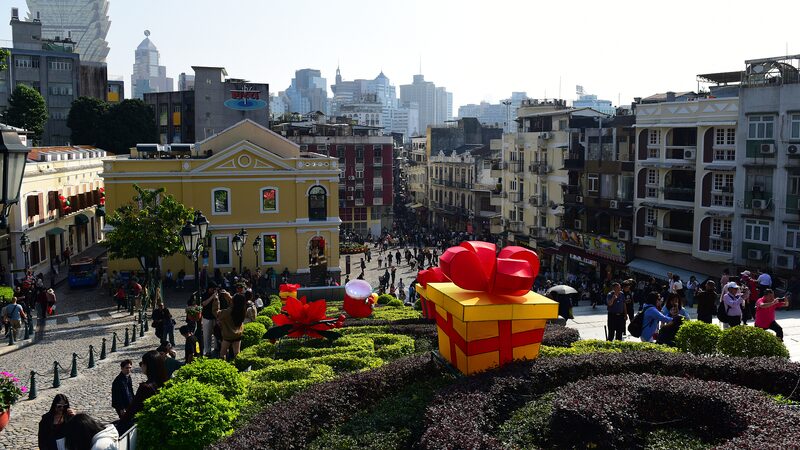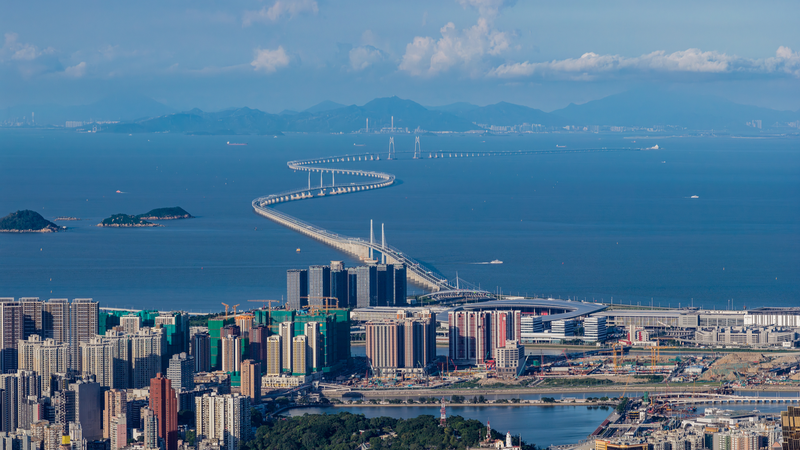China's 15th National Games, jointly hosted by Guangdong Province, Hong Kong, and Macao, opened Sunday with a historic focus on regional integration. The event marks the first time the Games' competitions span the Hong Kong-Zhuhai-Macao Bridge and Shenzhen Bay Bridge, symbolizing deepening connectivity in the Greater Bay Area.
Breaking Boundaries
Cyclists made history Saturday in a 231.8-km cross-border race across three jurisdictions without stopping at checkpoints. Advanced BeiDou navigation systems and pre-cleared logistics enabled seamless border crossings, with marathon runners set to replicate this feat on the Shenzhen-Hong Kong route next week. "This model proves integration isn't just possible—it's powerful," said Zhuhai Games official Min Yuntong.
Deep-Sea Flames to Robot Torchbearers
The Games' flame made global headlines after being ignited 1,522 meters underwater using combustible ice from the South China Sea. Cutting-edge tech continued in torch relays featuring 5G-A humanoid robots and autonomous vehicles. Hong Kong's drone-mapped venues and Guangzhou's 300-strong self-driving fleet highlight the event's tech-forward approach.
Cultural Ties That Bind
From Lingnan lion dances to Cantonese opera, the Games celebrate shared heritage. "We're one family with common roots," noted opening ceremony producer Andrew Lau Wai-Keung. Over 500 youth recently joined integration runs in Guangzhou's Nansha district, while cross-border volunteers like Macao student Li Hexiang forge new friendships through service.
Health in Motion
Aligned with China's health initiatives, the Games spotlight nationwide fitness growth. With 4.59 million sports venues now available—tripling per capita space since 2003—the event reinforces how athletic infrastructure supports public wellness strategies across the region.
Reference(s):
China's National Games set to showcase Greater Bay Area's integration
cgtn.com
